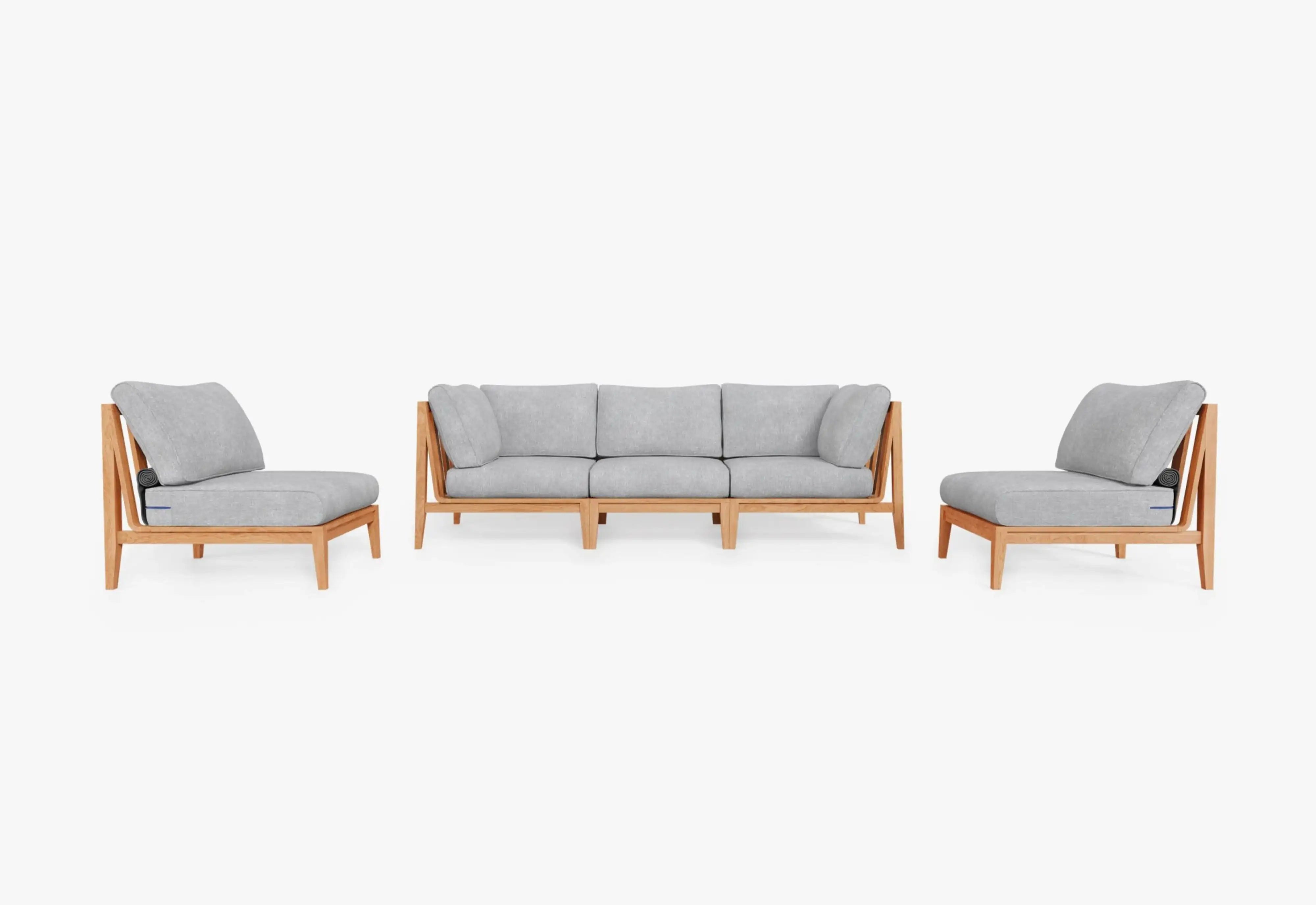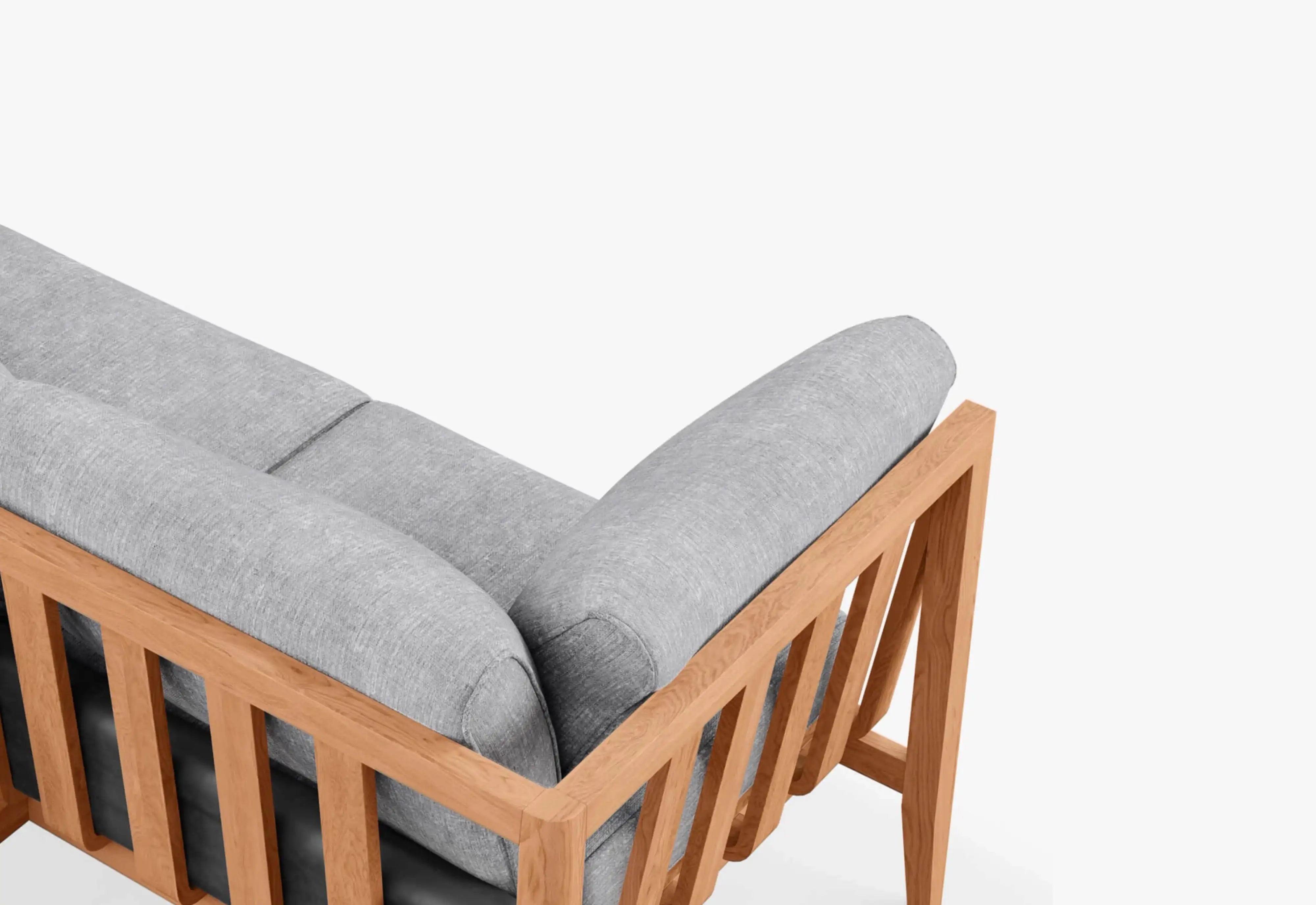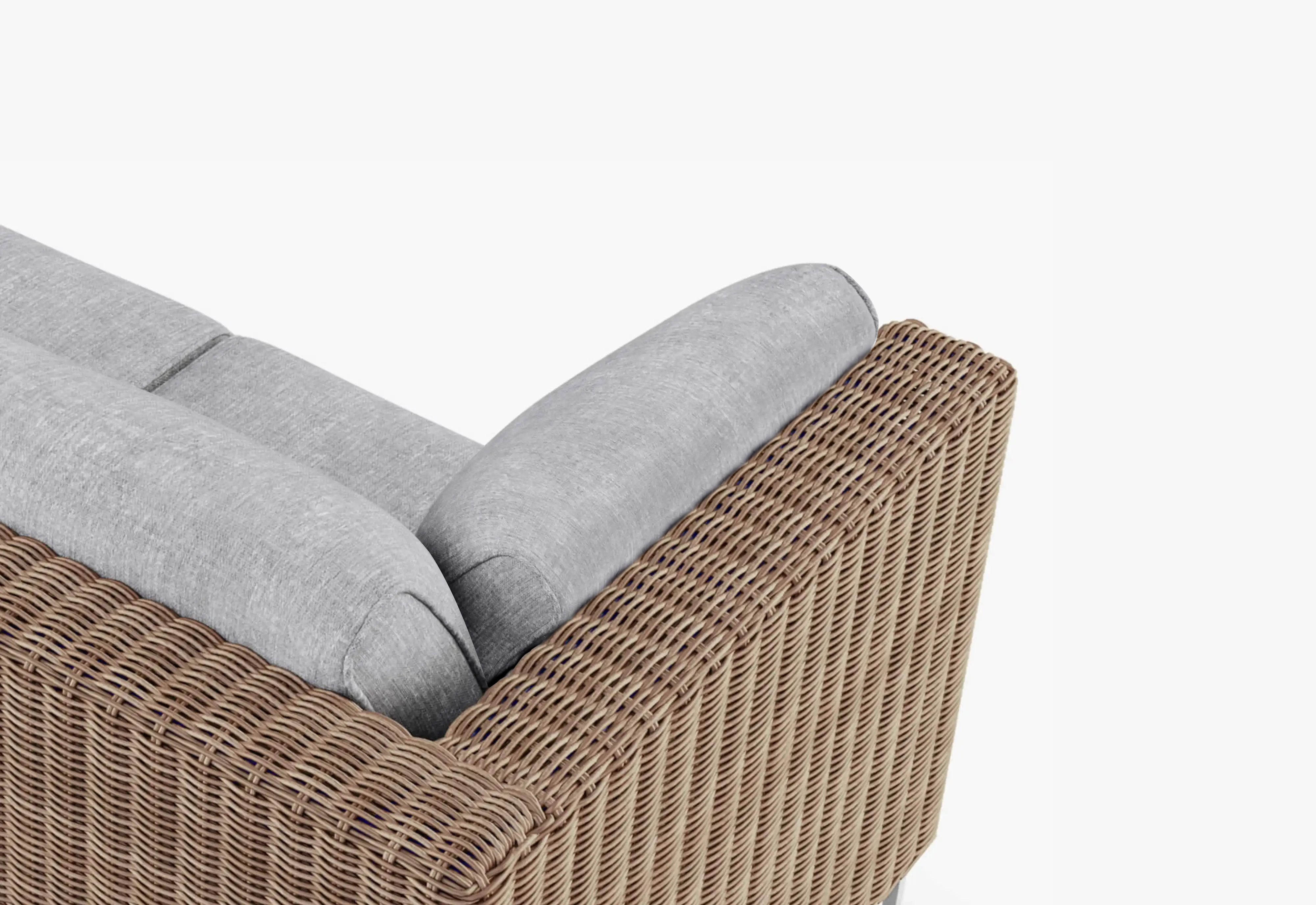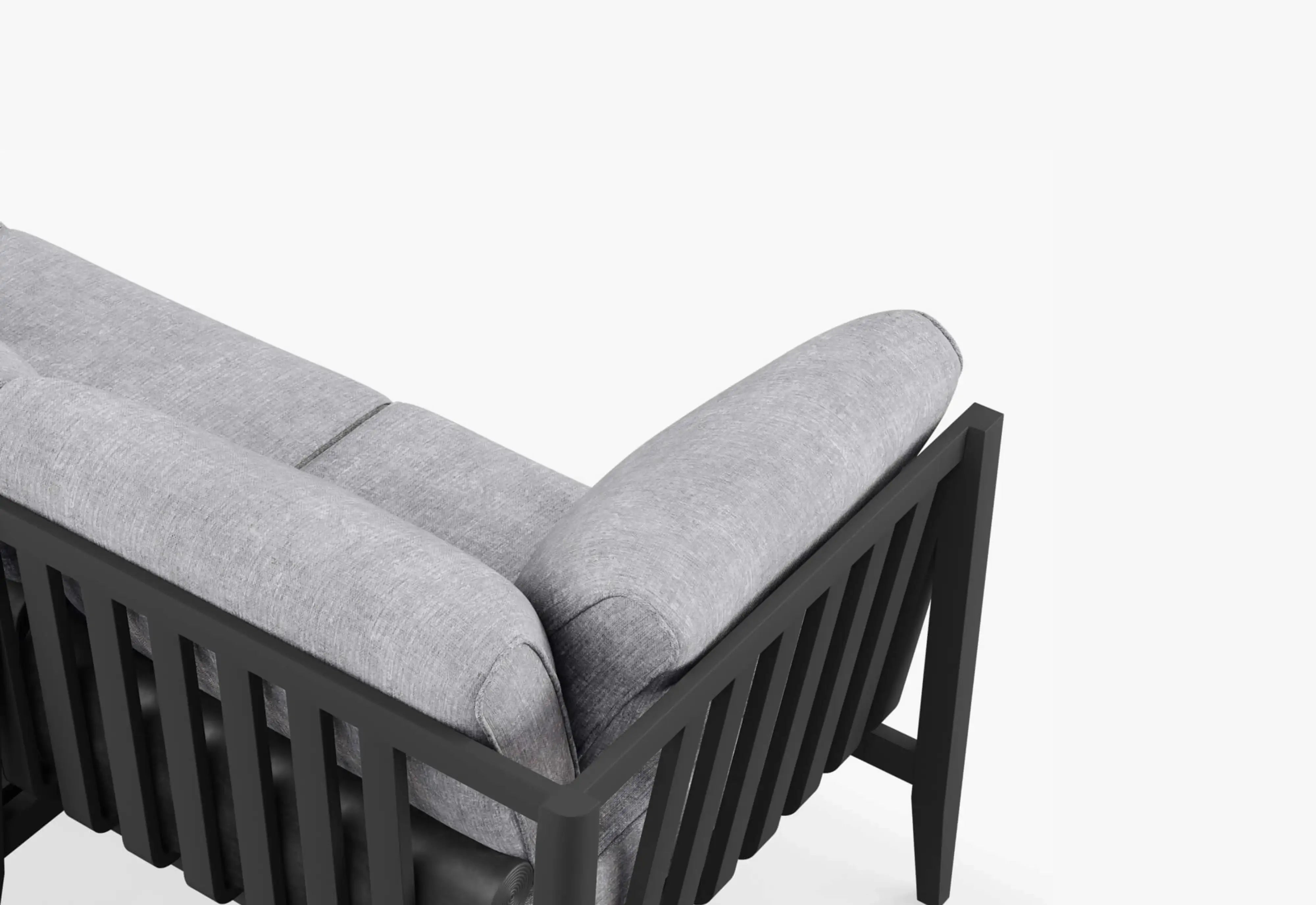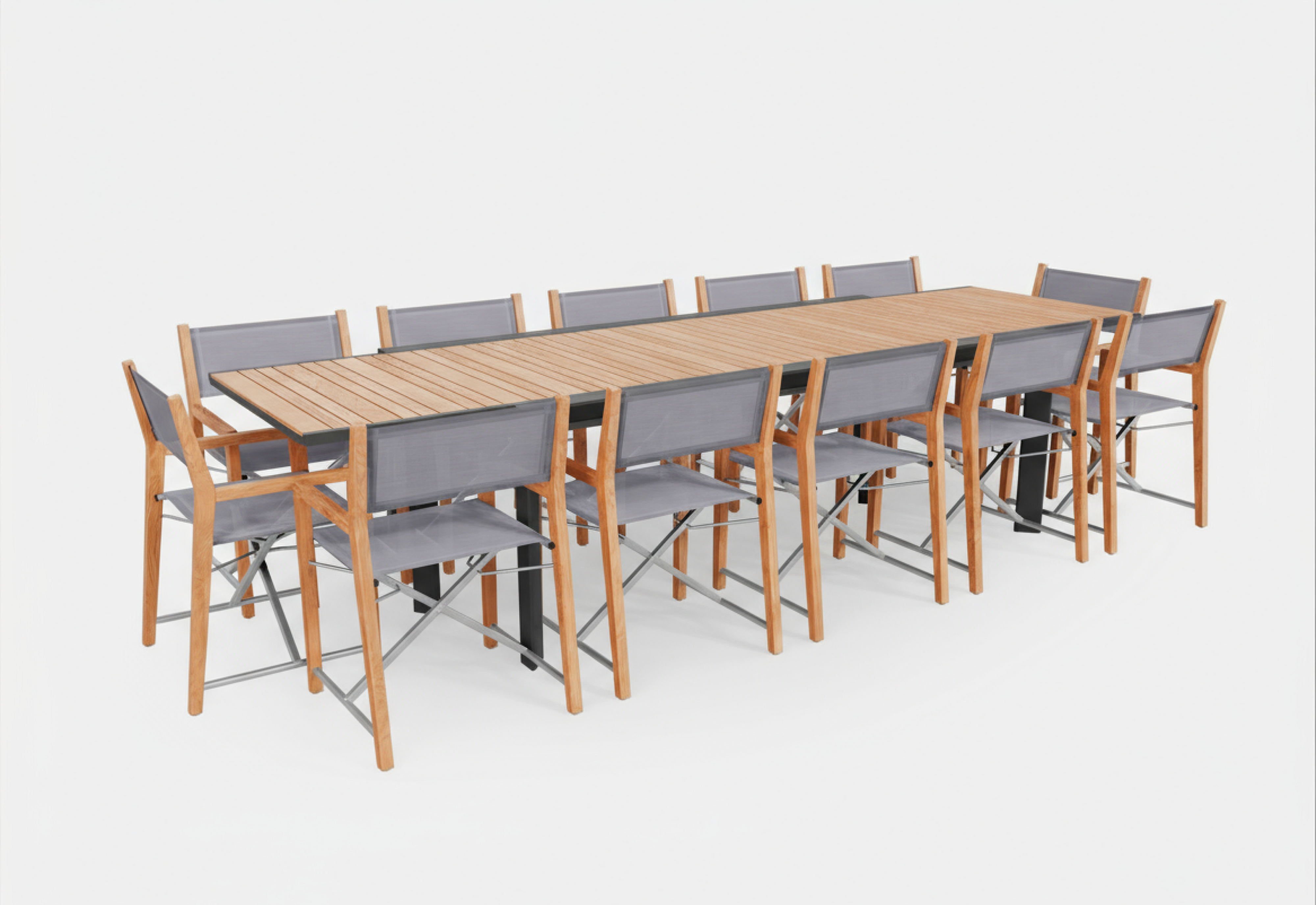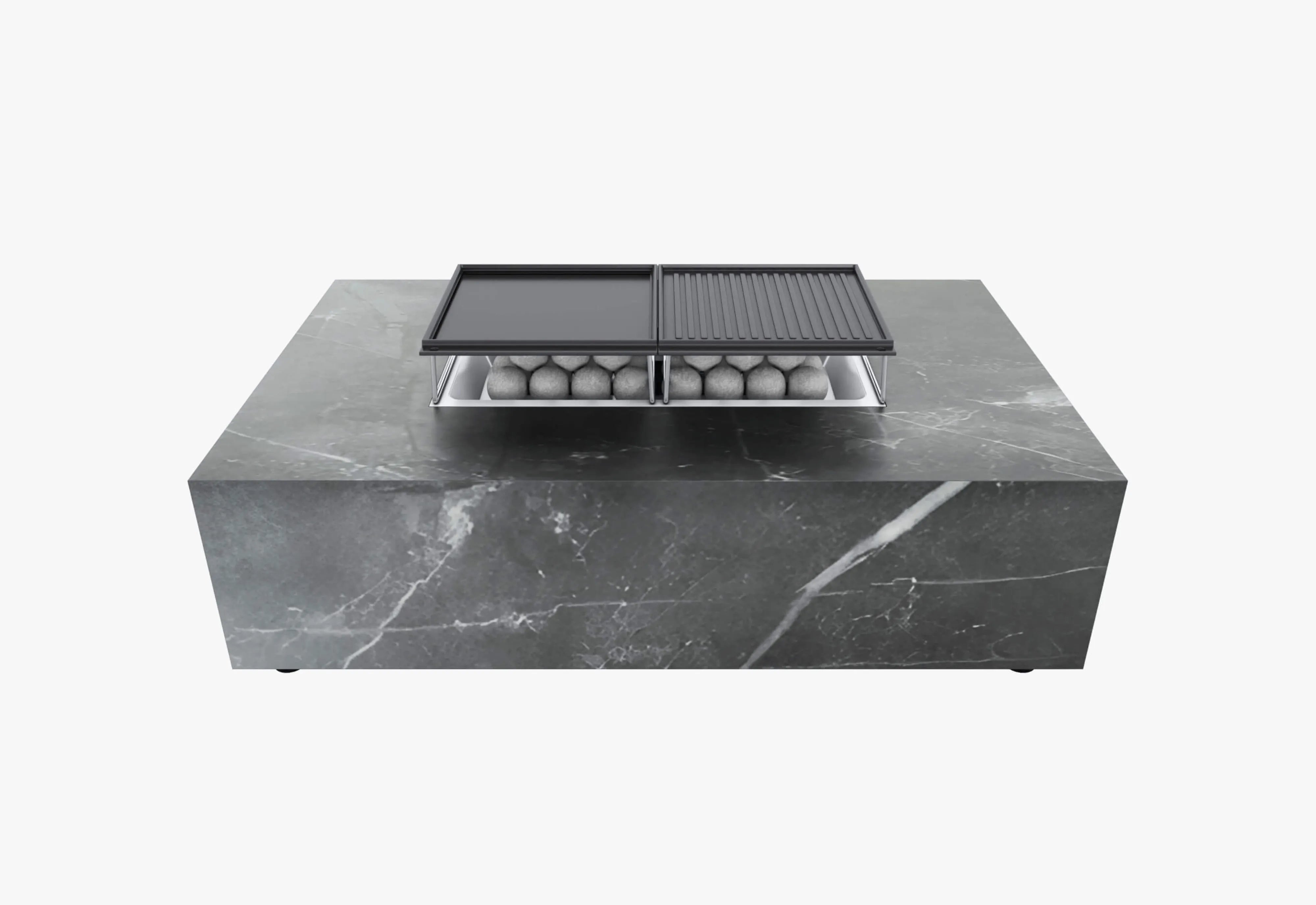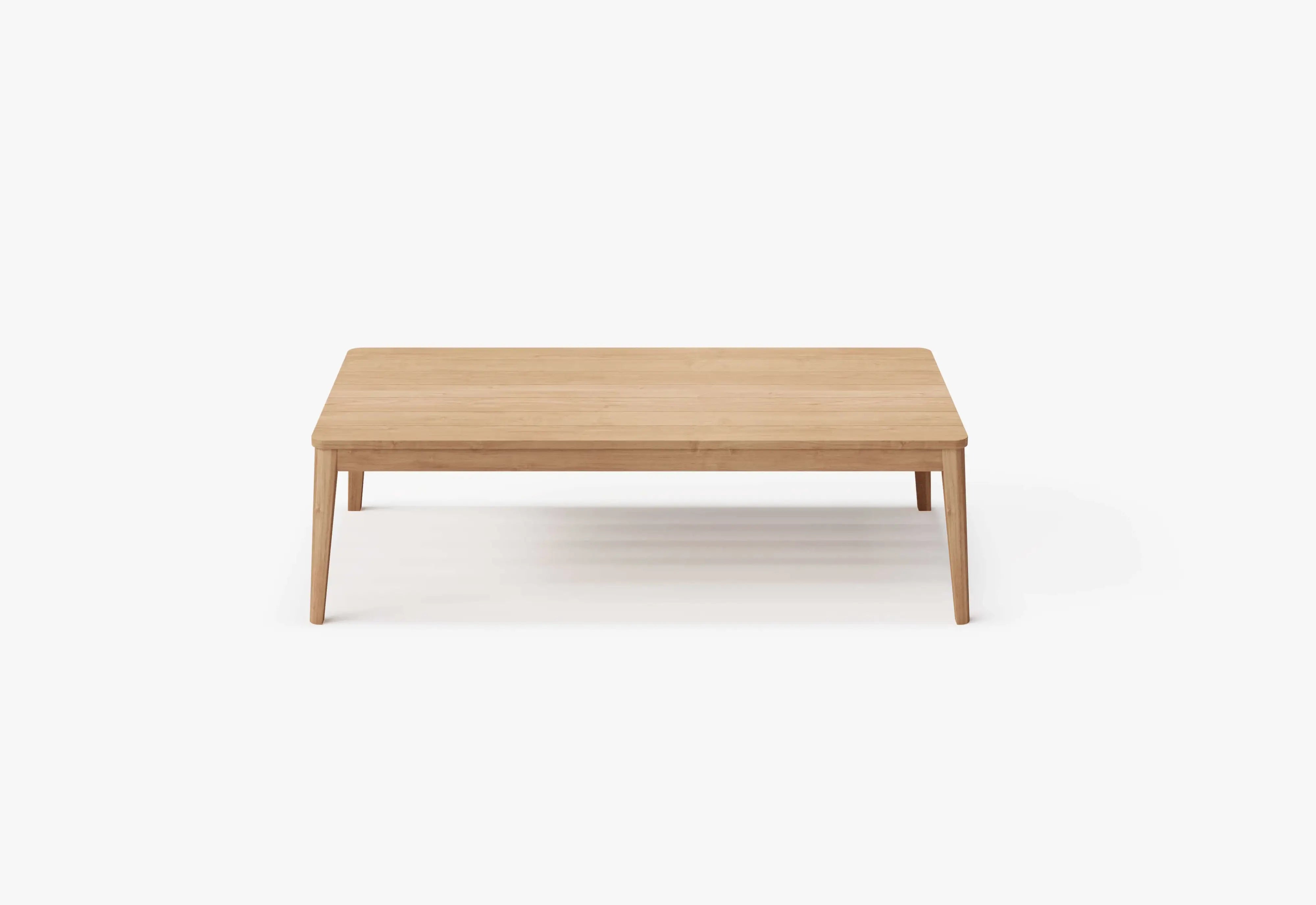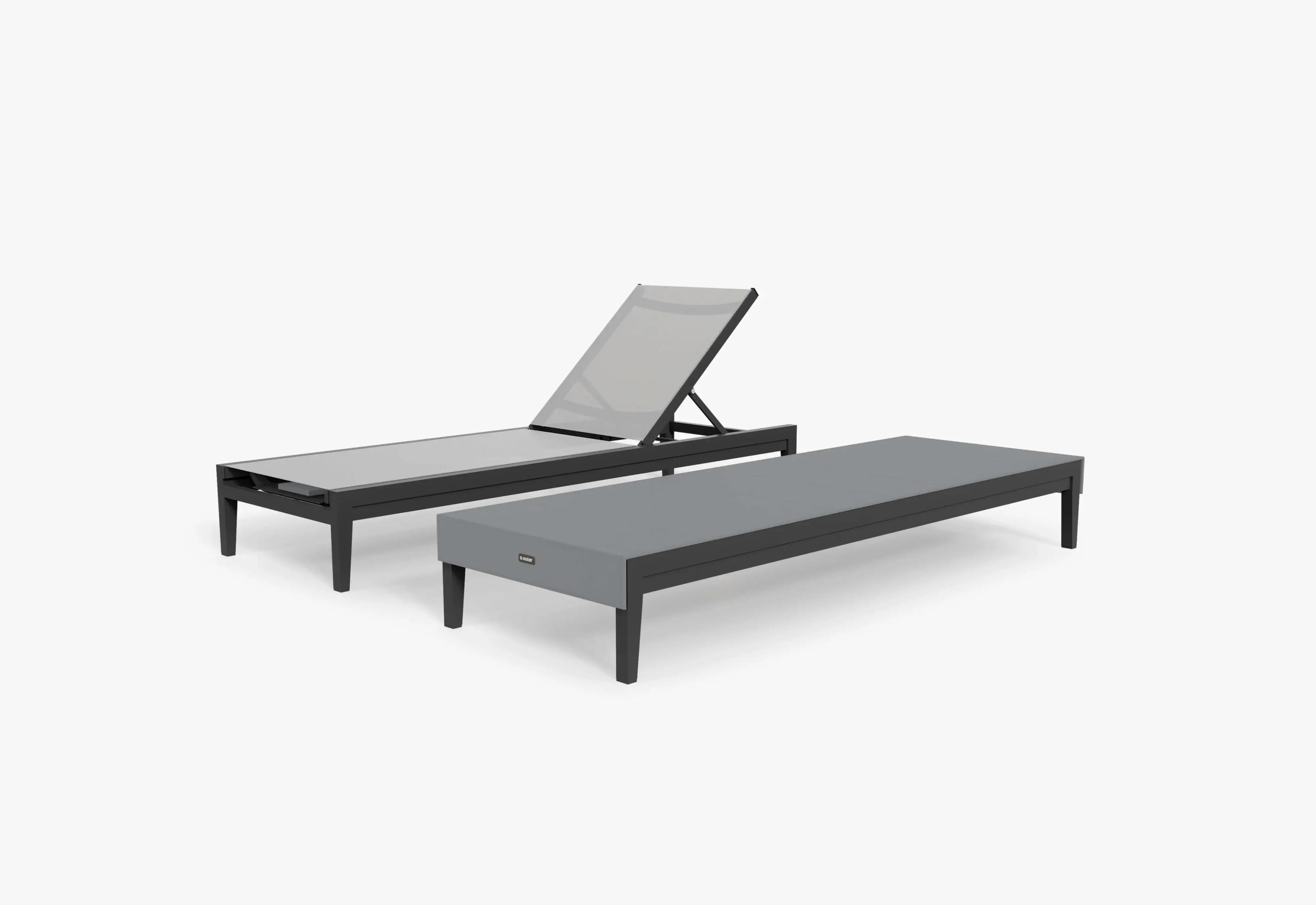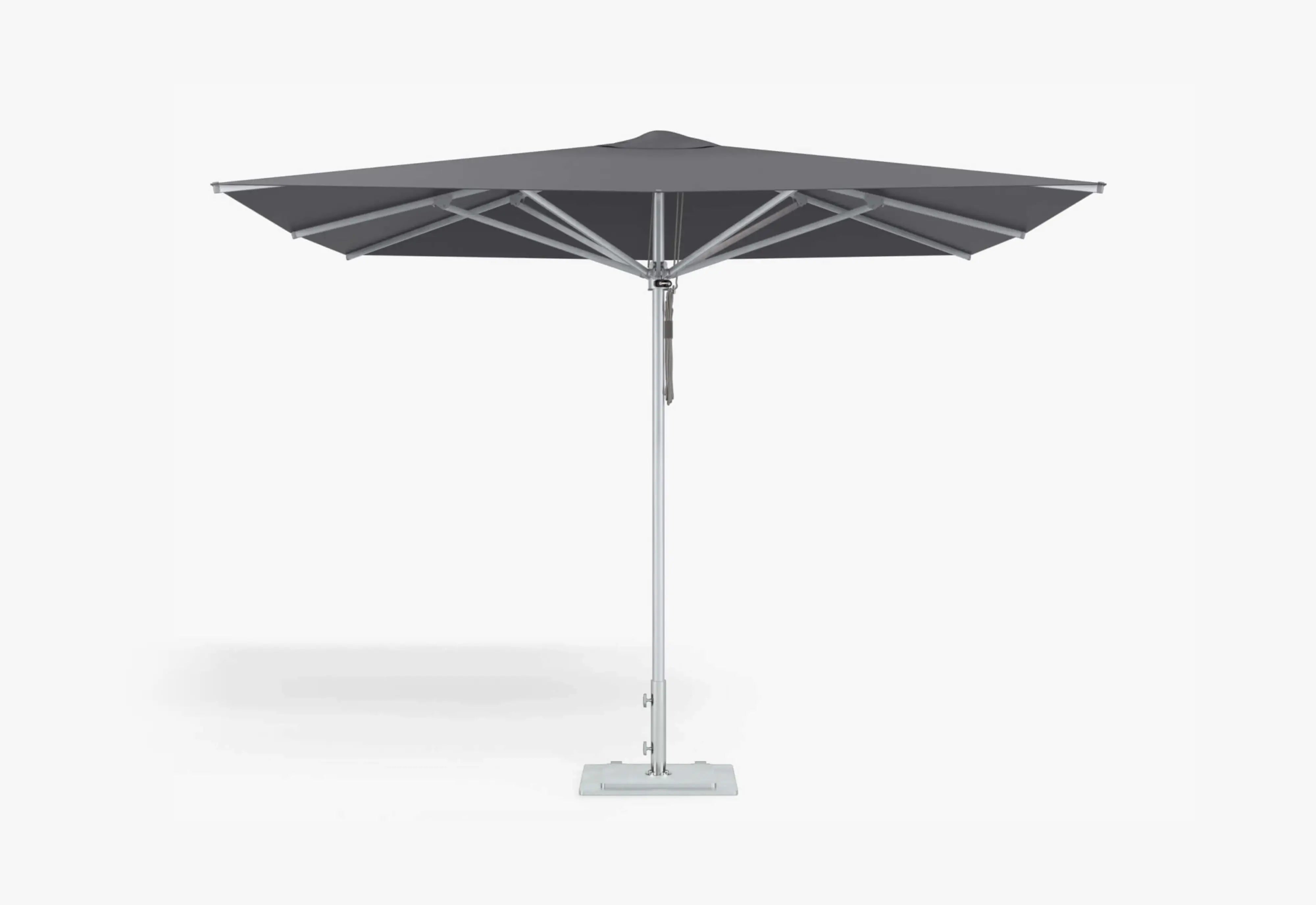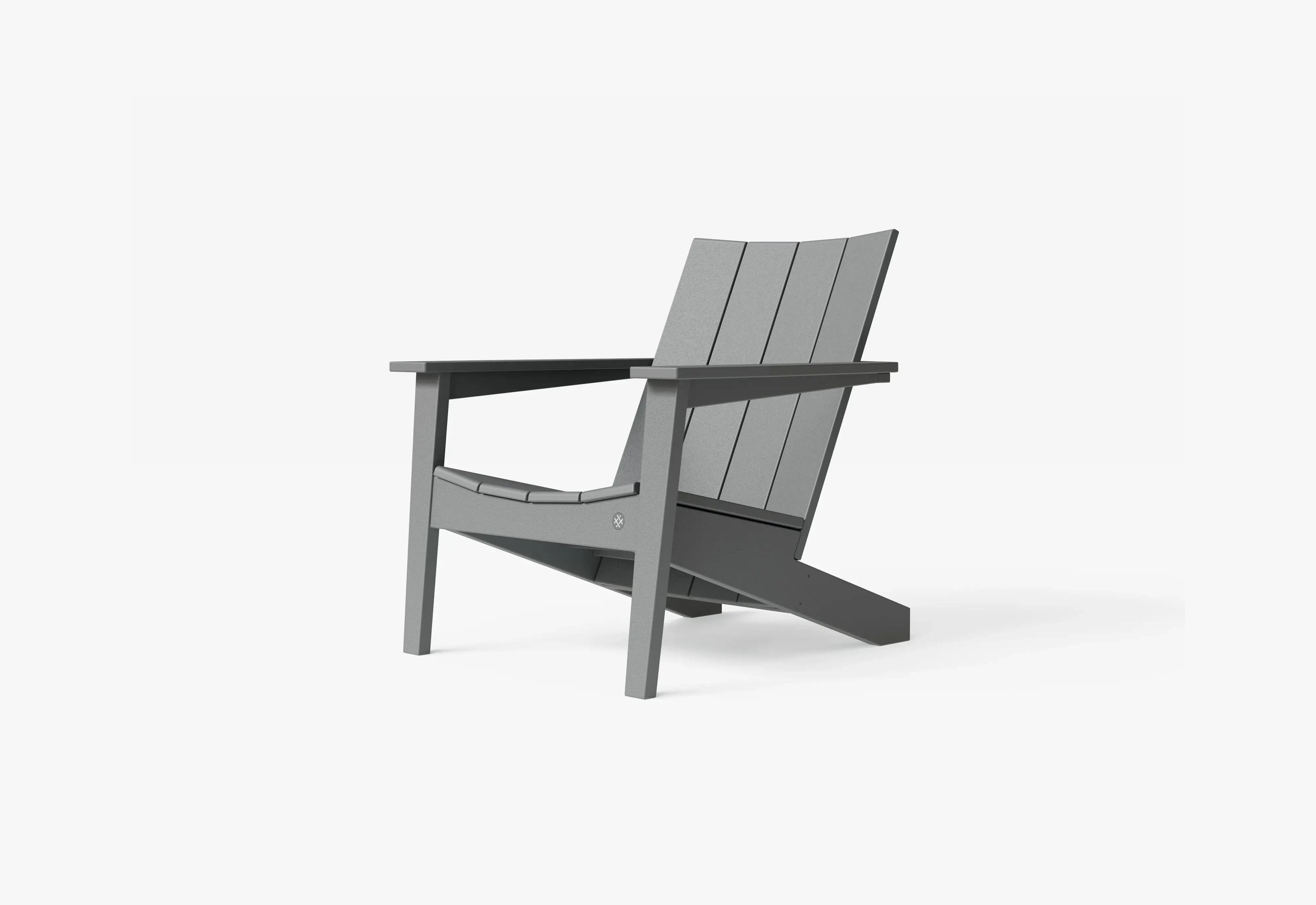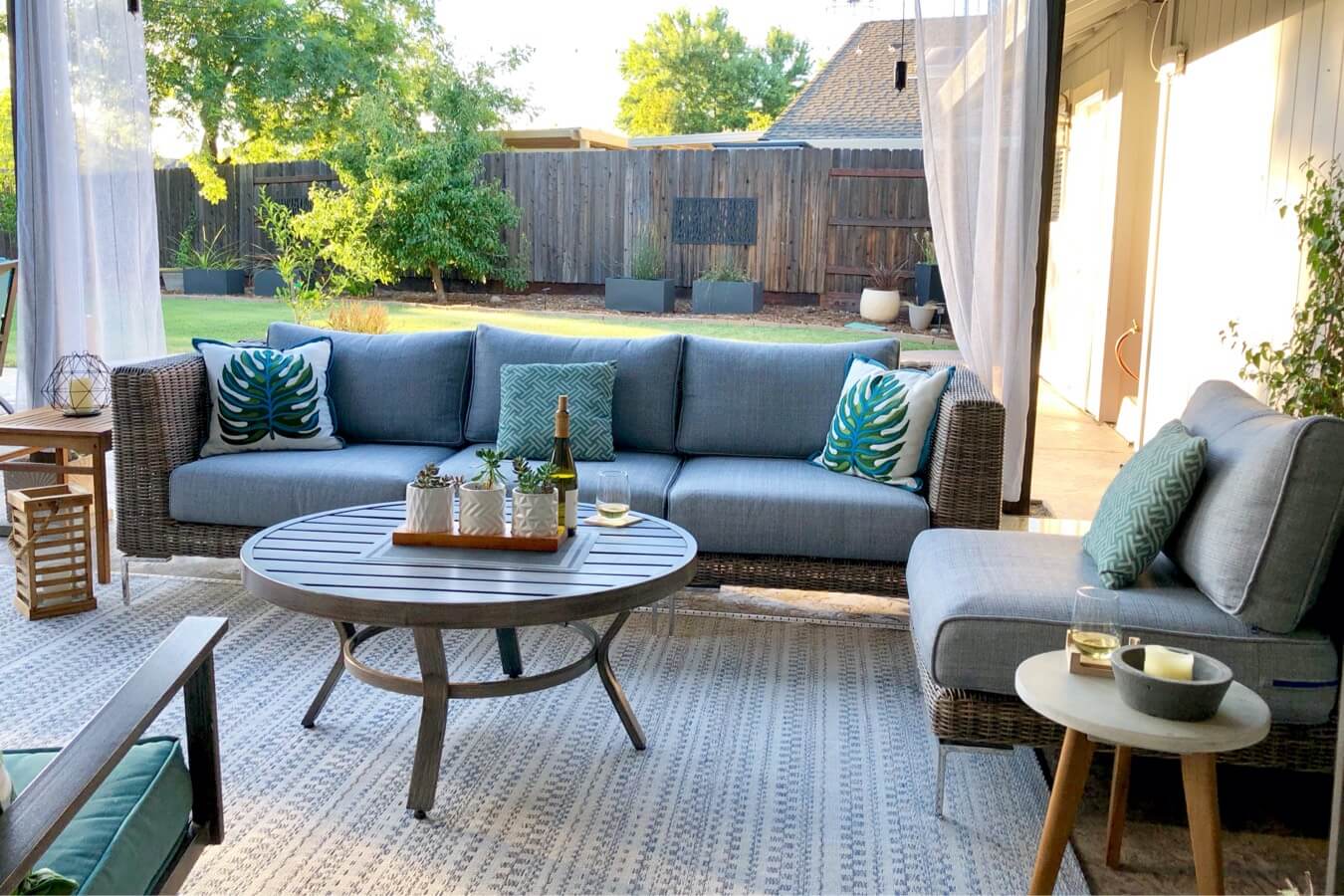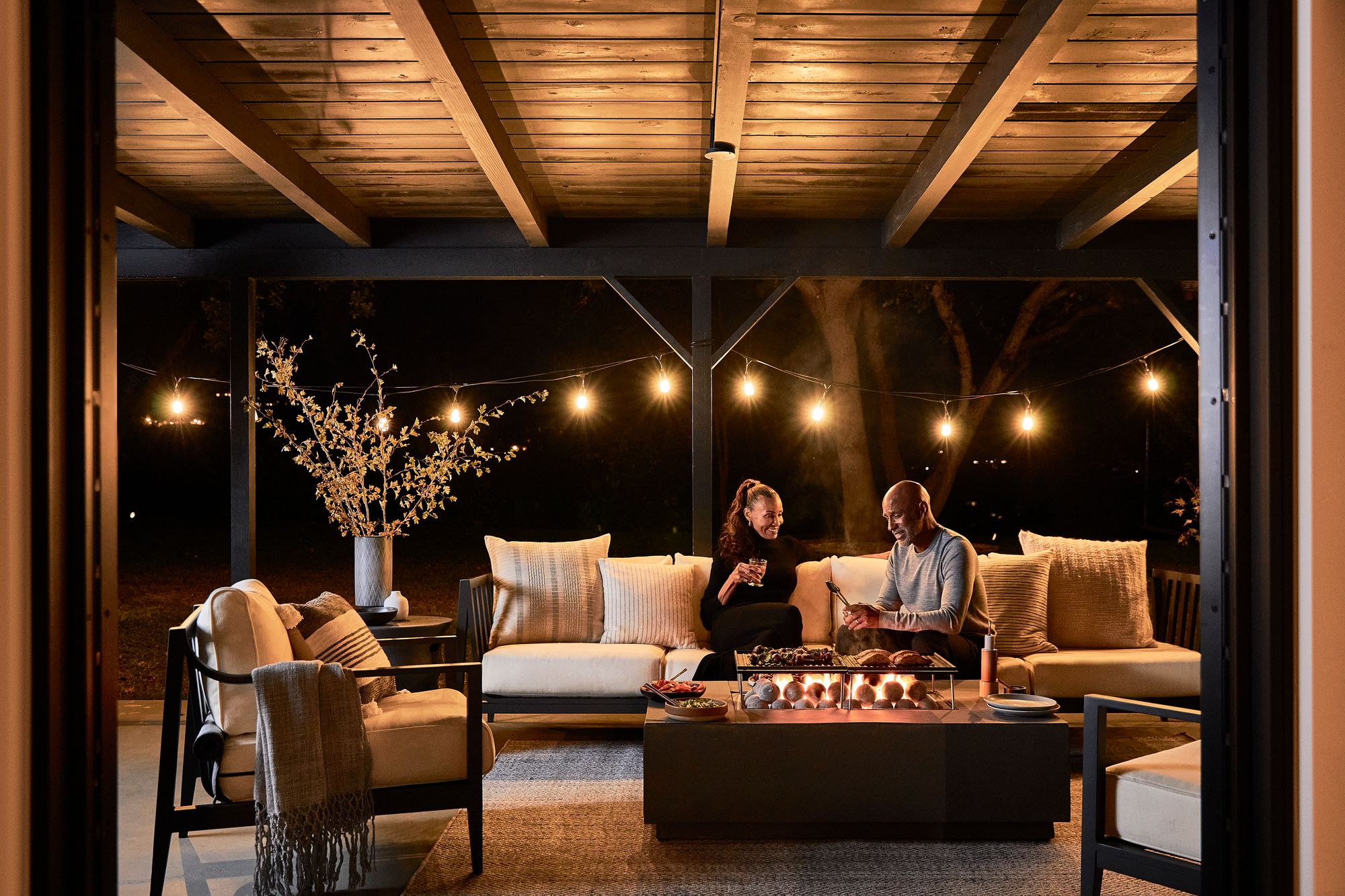The Art of Mixing Outdoor Furniture Materials So It Feels Effortless | Outer

There’s a quiet kind of beauty in spaces that just feel right. You can’t quite name what makes them work — it’s the balance of color, texture, and tone that feels natural and lived-in. That’s what great outdoor design is all about: layering different materials in ways that look intentional but never forced.
When done right, mixed materials tell a story. The warmth of wood, the sleekness of aluminum, the softness of wicker — they each bring something different to the space. Together, they create contrast, rhythm, and that effortless sophistication that Outer has become known for.
Why Material Matters
Every piece of furniture carries a feeling. Teak brings warmth and timelessness, aluminum adds a modern edge, and wicker softens everything with a relaxed touch. When these materials meet, they reflect how we actually live — versatile, layered, and full of texture.
At Outer, each material is chosen with intention. From FSC®-certified teak to eco-friendly synthetics, everything is designed to last and feel grounded in nature. It’s not just about looks; it’s about longevity, sustainability, and comfort that grows with you.
If you’re curious about how these thoughtful choices come together, explore Outer’s Sustainability Philosophy — a closer look at how the brand builds outdoor furniture that feels good and does good.
Start with a Natural Foundation: Teak
There’s a reason teak has been a design favorite for generations. Its honey-gold tone, smooth grain, and incredible durability make it the perfect foundation for any outdoor space. It instantly adds warmth and grounding energy to your patio, whether your style is coastal, modern, or something in between.
A piece like the Outer Teak Sofa – 3 Seat anchors your setup beautifully. The wood softens as it ages, developing a silvery patina that only gets better with time. Layer it with neutral cushions and earthy accessories, and you’ve already created a timeless base for mixing other textures.
Balance with Light, Modern Accents
If teak is the soul of your outdoor space, aluminum is its heartbeat — strong, structured, and modern. Aluminum furniture brings lightness and balance, especially when paired with natural materials.
Try adding a sleek, open-framed piece like the Outer Aluminum Outdoor Sofa. Its clean lines and subtle matte finish pair effortlessly with teak or wicker, creating that magazine-worthy “collected over time” look. The best part? It’s easy to move, weather-resistant, and completely low-maintenance — because design should fit into life, not the other way around.
Add Texture and Depth with Wicker
Wicker has a way of softening any space. It’s tactile, organic, and instantly approachable — perfect for balancing out the structure of aluminum or the polish of teak.
The Outer Wicker Outdoor Chair adds depth and warmth through its woven texture, while the frame’s shape keeps things elegant, not rustic. You can style wicker alongside modern metals or set it beside a teak sofa for a cozy, layered contrast that feels intentional yet relaxed.
Mixing these materials isn’t about matching; it’s about harmonizing — letting each one bring its unique voice to the conversation.
Ground Your Space with the Right Rug
Every great mix of materials needs a common thread — something to tie everything together. That’s where your outdoor rug comes in.
The Outer Outdoor Rug is designed exactly for that. Made from recycled plastic bottles (yet soft underfoot), it creates a visual base that connects wood, metal, and wicker in a cohesive palette. Choose a neutral tone for versatility or a subtle pattern to add movement. Either way, your rug should act like a frame — grounding all the textures above it.
Create Contrast with Purpose
The secret to mixing materials well is contrast — but not chaos. Think balance. Pair cool metals with warm woods. Mix woven details with solid surfaces. Offset matte with gloss, rough with smooth.
If you’re unsure, look for one “lead” material that sets the tone and let the others play supporting roles. Teak and aluminum together create a refined modern look, while wicker and metal feel effortlessly coastal. You can even introduce glass, concrete, or ceramics for subtle variety — just keep your color palette soft and connected.
Finishing Touches: Cohesion Through Color
When you’re mixing textures, color is what keeps the story consistent. Choose tones that share an undertone — all warm or all cool — so even different materials feel like they belong together.
For fall, that might mean soft gray, rust, beige, and cream. In summer, lighter neutrals with pale blues or sage green feel fresh and breezy. Add textiles, planters, and lighting that echo your furniture’s palette, and you’ll have a space that feels beautifully complete.
If you’d like to see how to bring all these pieces together seamlessly, take a look at the Bringing the Indoors Out: How to Create an Outdoor Living Room That Feels Like Home guide — it’s full of inspiration for turning mixed materials into cohesive outdoor havens.
Final Thoughts: Mixing Is an Art of Comfort
Designing your outdoor space doesn’t need to feel intimidating. The best spaces don’t look “designed” — they look lived in, loved, and balanced. When you mix materials with intention, you create layers of personality and comfort that make your patio uniquely yours.
Start with one element that inspires you — maybe a warm teak sofa, or a sleek aluminum table — and build from there. Let your textures blend naturally, your tones stay calm, and your materials tell a story of ease.
Because at the end of the day, it’s not just about what you see; it’s about how it feels.
Live Better. Outside.
